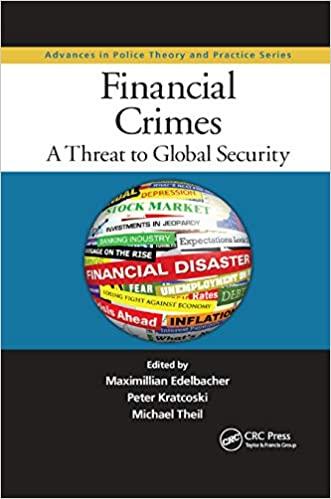 Assuming that synergies in the merger have the same risk as that of Wyeths cash flows, find the WACC and the unlevered cost of capital for the synergies?
Assuming that synergies in the merger have the same risk as that of Wyeths cash flows, find the WACC and the unlevered cost of capital for the synergies?
On Monday, January 26, 2009, Pfizer (NYSE: PFE), the world's largest pharmaceuticals group, announced that over the weekend it had reached an agreement to acquire Wyeth (NYSE: WYE), one of the largest research-driven pharmaceutical and health care products companies. The deal would be the eighth-largest, M&A involving a US target, and the third largest globally in the pharma industry. Pfizer had been under pressure to re-invent itself, in particular because patents on several of its blockbuster drugs, currently generating a large fraction of the revenue, were due to expire in the coming years, meaning that revenues from sales of those drugs were expected to drop dramatically. Analysts argued that buying Wyeth would help Pfizer diversify its revenue sources and thus soften the expected blow to revenues and EPS from patent expiration. In addition, Wyeth's expertise in vaccines would allow Pfizer to expand rapidly in biological medicines, a fast-growing, profitable niche in the industry that Pfizer had had little presence in. Finally, the merger would allow Pfizer to cut 15% of its global workforce, resulting in an expected reduction in operating costs totaling $4Bn over three years. Specifically, 50% of the cost savings would be realized by the end of year 1, 75% by the end of year 2, and 100% by the end of year 3. The deal would be financed with 2/3 equity and 1/3 debt. Assume that the risk-free rate is 1.67%, the market risk premium is 8.5% and the corporate tax rate is 34%. The following table reports some financial characteristics of Pfizer and Wyeth: Pfizer Share price on Jan 16, 2009 No. of shares (Bn) Total debt ($ Bn) Equity beta Cost of debt (%) (NYSE: PFE) 17.13 6.74 16.35 0.61 3.15% Wyeth (NYSE: WYE) 38.54 1.33 0 0.42 4.81% On Monday, January 26, 2009, Pfizer (NYSE: PFE), the world's largest pharmaceuticals group, announced that over the weekend it had reached an agreement to acquire Wyeth (NYSE: WYE), one of the largest research-driven pharmaceutical and health care products companies. The deal would be the eighth-largest, M&A involving a US target, and the third largest globally in the pharma industry. Pfizer had been under pressure to re-invent itself, in particular because patents on several of its blockbuster drugs, currently generating a large fraction of the revenue, were due to expire in the coming years, meaning that revenues from sales of those drugs were expected to drop dramatically. Analysts argued that buying Wyeth would help Pfizer diversify its revenue sources and thus soften the expected blow to revenues and EPS from patent expiration. In addition, Wyeth's expertise in vaccines would allow Pfizer to expand rapidly in biological medicines, a fast-growing, profitable niche in the industry that Pfizer had had little presence in. Finally, the merger would allow Pfizer to cut 15% of its global workforce, resulting in an expected reduction in operating costs totaling $4Bn over three years. Specifically, 50% of the cost savings would be realized by the end of year 1, 75% by the end of year 2, and 100% by the end of year 3. The deal would be financed with 2/3 equity and 1/3 debt. Assume that the risk-free rate is 1.67%, the market risk premium is 8.5% and the corporate tax rate is 34%. The following table reports some financial characteristics of Pfizer and Wyeth: Pfizer Share price on Jan 16, 2009 No. of shares (Bn) Total debt ($ Bn) Equity beta Cost of debt (%) (NYSE: PFE) 17.13 6.74 16.35 0.61 3.15% Wyeth (NYSE: WYE) 38.54 1.33 0 0.42 4.81%
 Assuming that synergies in the merger have the same risk as that of Wyeths cash flows, find the WACC and the unlevered cost of capital for the synergies?
Assuming that synergies in the merger have the same risk as that of Wyeths cash flows, find the WACC and the unlevered cost of capital for the synergies?





